Emilie was told that her mother came from a French family of silk traders who settled down in Spitalfields in London.Spitalfields is in East London and situated in the East End. The late 17th and 18th centuries saw an estate of well-appointed terraced houses, built to accommodate the master weavers controlling the silk industry, and grand urban mansions built around the newly created Bishops Square which adjoins the short section of the main east–west street known as Spital Square.
Emilie grew up in Selden in Buckinghamshire. Buckinghamshire is a ceremonial county in South East England and one of the home counties. It is bordered by Northamptonshire to the north, Bedfordshire to the north-east, Hertfordshire to the east, Greater London to the south-east, Berkshire to the south, and Oxfordshire to the west.
John, Emilie's father, corresponds with Isaac Newton, who is the President of the Royal Society. Sir Isaac Newton (25 December 1642 – 20 March 1726/27) was an English polymath active as a mathematician, physicist, astronomer, alchemist, theologian, and author who was described in his time as a natural philosopher. Newton formulated the laws of motion and universal gravitation that formed the dominant scientific viewpoint for centuries until it was superseded by the theory of relativity.
The Royal Society, formally The Royal Society of London for Improving Natural Knowledge, is a learned society and the United Kingdom's national academy of sciences. The society fulfils a number of roles: promoting science and its benefits, recognising excellence in science, supporting outstanding science, providing scientific advice for policy, education and public engagement and fostering international and global co-operation.
Emilie mentions a woman alchemist, Mary the Jewess. Mary or Maria the Jewess was an early alchemist. She lived between the first and third centuries A.D. in Alexandria. She is credited with the invention of several kinds of chemical apparatus and is considered to be the first true alchemist of the Western world. Mary's name survives in her invention of the bain-marie (Mary's bath), which limits the maximum temperature of a container and its contents to the boiling point of a separate liquid: essentially a double boiler.
The reason why Aislabie comes to see John first is phlogiston. The phlogiston theory, a superseded scientific theory, postulated the existence of a fire-like element dubbed phlogiston contained within combustible bodies and released during combustion. The idea of a phlogistic substance was first proposed in 1667 by Johann Joachim Becher and later put together more formally in 1703 by Georg Ernst Stahl.
Emilie performs an experiment on a rose beased on the theories of Josph Duchesne. Joseph Duchesne (c. 1544, Lectoure – 1609) was a French physician. He is now remembered for important if transitional alchemical theories.
Shales gives Emilie a book: Mr Browne's Pseudodoxia Epidemica. In this book Thomas Browne challenging and refuting the "vulgar" or common errors and superstitions of his age.
Later in the book Emilie attends Sir Isaac Newton's funeral. Newton died in his sleep in London on 20 March 1727. He was given a ceremonial funeral, attended by nobles, scientists, and philosophers, and was buried in Westminster Abbey among kings and queens. He was the first scientist to be buried in the abbey.
-James Thomson (c. 11 September 1700 – 27 August 1748) was a Scottish poet and playwright, known for his poems The Seasons and The Castle of Indolence, and for the lyrics of "Rule, Britannia!"
- Alexander Pope (21 May 1688 – 30 May 1744) was an English poet, translator, and satirist of the Enlightenment era who is considered one of the most prominent English poets of the early 18th century.
François-Marie Arouet (21 November 1694 – 30 May 1778), known by his nom de plume M. de Voltaire was a French Enlightenment writer, philosopher, satirist, and historian. Famous for his wit and his criticism of Christianity (especially of the Roman Catholic Church) and of slavery, Voltaire was an advocate of freedom of speech, freedom of religion, and separation of church and state.
- John Gay (30 June 1685 – 4 December 1732) was an English poet and dramatist and member of the Scriblerus Club. He is best remembered for The Beggar's Opera (1728), a ballad opera.
- William Hogarth (10 November 1697 – 26 October 1764) was an English painter, engraver, pictorial satirist, social critic, editorial cartoonist and occasional writer on art.
Sir Hans Sloane(16 April 1660 – 11 January 1753), was an Anglo-Irish physician, naturalist, and collector, with a collection of 71,000 items which he bequeathed to the British nation, thus providing the foundation of the British Museum, the British Library, and the Natural History Museum. He was elected to the Royal Society at the age of 24.
Edmond Halley( 8 November 1656 – 25 January 1742) was an English astronomer, mathematician and physicist. He was the second Astronomer Royal in Britain.
Emilie talks about John Mayow when she goes to a lecture. John Mayow (1641–1679) was a chemist, physician, and physiologist who is remembered today for conducting early research into respiration and the nature of air. Mayow worked in a field that is sometimes called pneumatic chemistry.
At the end of the book Aislabie plans to travel to Calabar. Calabar is the capital city of Cross River State, Nigeria. Since the 16th century, Calabar has served as an international seaport, exporting such goods as palm oil. During the centuries of the Atlantic slave trade, it became a major port for shipment of African slaves to the Americas.





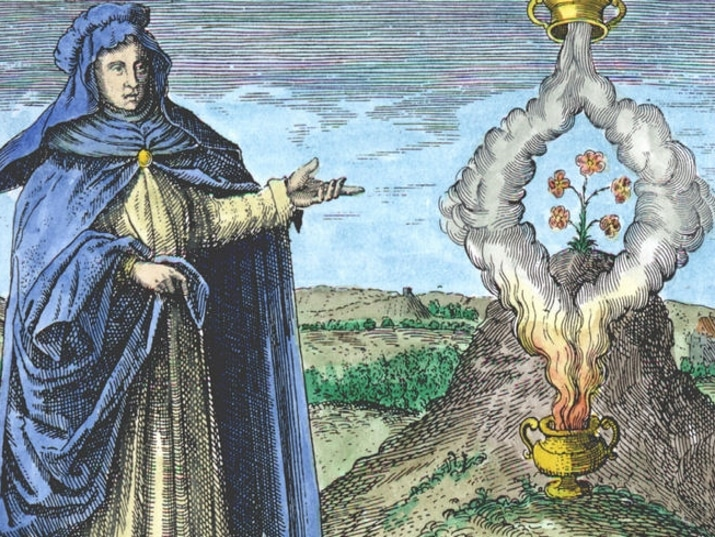




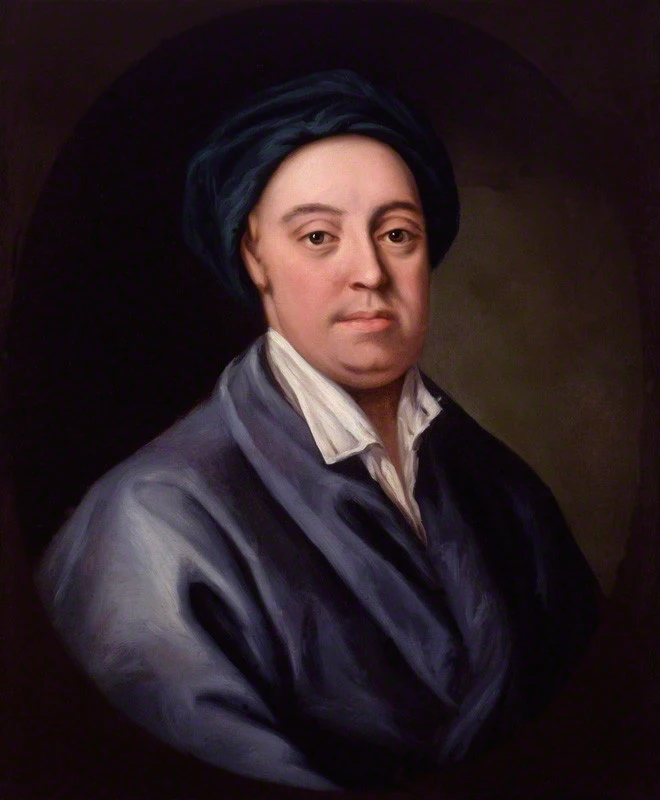

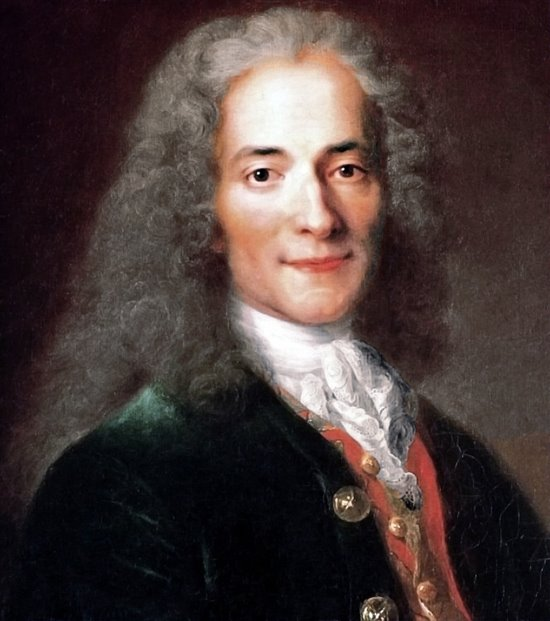


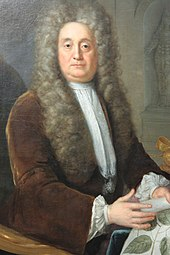


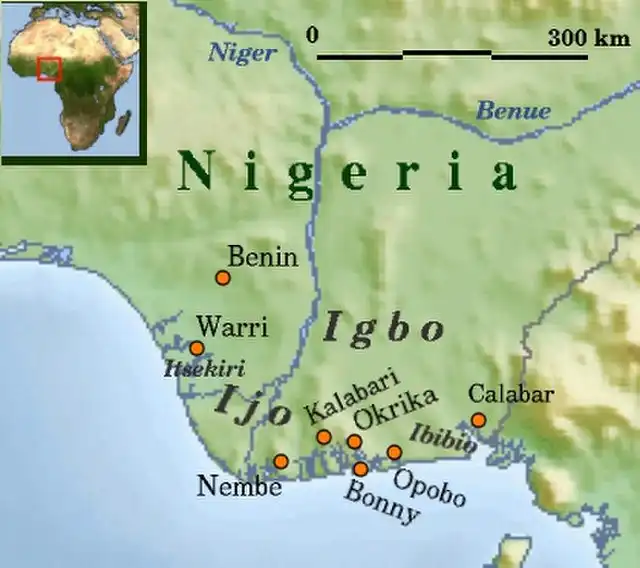
No comments:
Post a Comment